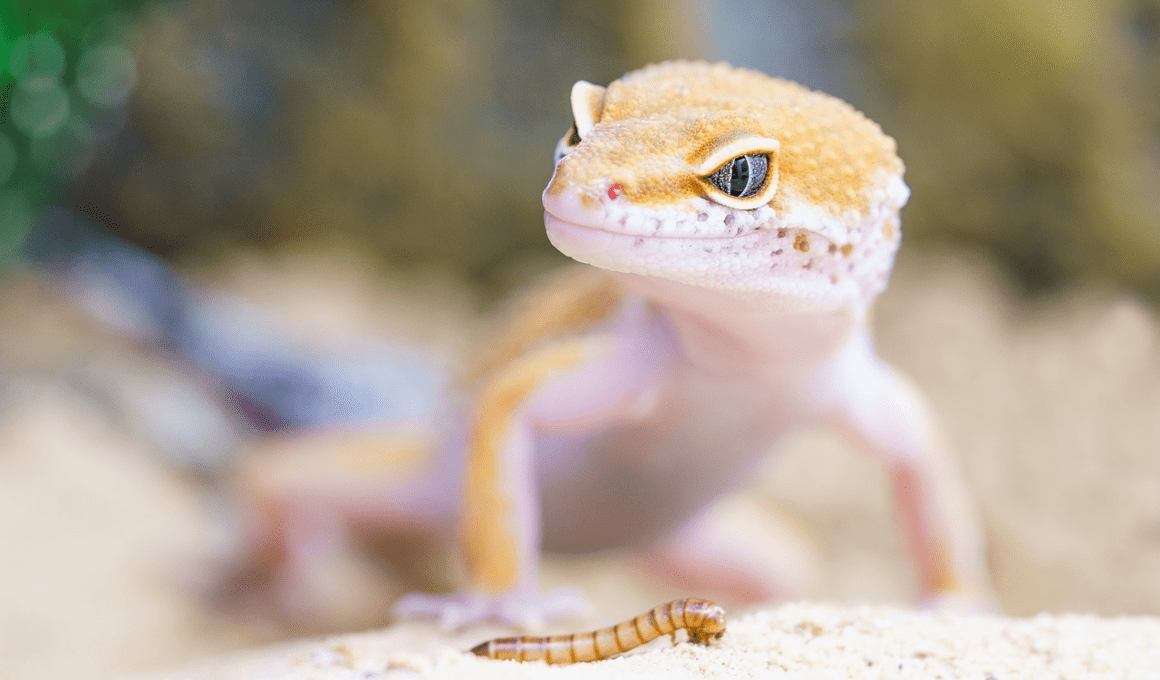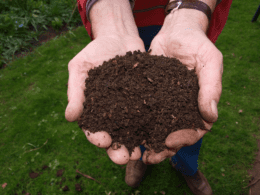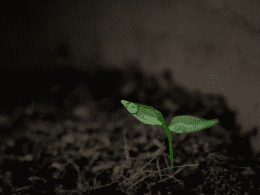Do you want to know the difference between compost worms and earthworms? It’s essential to choose the right type of worm for your garden or composting system. Compost worms and earthworms are not the same, and each has its unique characteristics that make them better suited for different tasks.
Choosing the right worms can be crucial for the success of your garden or composting system. Compost worms are better suited for creating compost, while earthworms are essential for improving soil structure.
In this article, we will explore the differences between these two types of worms, their benefits, and how to find and care for them. So, let’s dive into the fascinating world of compost worms vs earthworms and discover what makes them so special!
Quick Takeaways
- Composting can happen with or without worms, but choosing the right type of worm for the job is important.
- Composting worms and garden worms have different strengths and purposes, with compost worms being good for increasing the nutritional value of compost and tolerating higher temperatures, while earthworms are good for aerating soil and creating underground tunnels for water and air.
- Vermicomposting requires the right kind of worm, not earthworms, and different types of worms have different diets and preferences for living conditions.
- Worms are a valuable resource for recycling organic matter, and their castings can be added directly to soil and garden beds or used to make compost tea for plants.
Is Composting with Worms Better than Using Topsoil?
When it comes to gardening, topsoil vs compost: a comparative analysis can help determine the better option. While topsoil provides essential nutrients for plants, compost enriched with worm castings offers additional benefits. Worm composting enhances soil structure, promotes water retention, and introduces beneficial microorganisms. Thus, composting with worms is often considered better than using topsoil alone for a flourishing garden.
Types of Worms
If you want to know more about the types of worms, you should keep in mind that compost worms and earthworms have different strengths and purposes.
Compost worms, like Red Wigglers, are good for increasing the nutritional value of compost. They can tolerate higher temperatures and have specific diet preferences, such as food high in nitrogen and carbon. One of the benefits of vermicomposting is that it requires the right kind of worm, not earthworms. Composting worms, like Red Wigglers, are the best choice for vermicomposting because they can consume up to half of their body weight in organic matter daily. This makes them a valuable resource for recycling organic matter and creating nutrient-rich compost for gardens and plants.
On the other hand, earthworms, like Common Earthworms, are good for aerating soil and creating underground tunnels for water and air. They prefer a diet of decaying organic matter, such as leaves and roots, and thrive in soil with a neutral pH.
Vermicomposting is a sustainable and eco-friendly way to manage waste, and using the right type of worm is crucial for its success.
Worm Facts
You may be surprised to learn that worms are hermaphrodites and require two worms for reproduction. After mating, both worms will produce a cocoon with up to 20 babies in each. This means that in just a short time, you’ll have a whole new generation of worms to help you with your vermicomposting!
Worms are fascinating creatures with unique behavior. While they may seem small and insignificant, they play a vital role in our ecosystem. The benefits of vermicomposting are many – not only does it reduce waste and create nutrient-rich soil, but it also helps to create a healthy and sustainable environment for plants and animals alike.
So, next time you see a worm in your garden, take a moment to appreciate all the hard work they do!
Where to Find Worms
To find the right worms for your vermicomposting needs, you should check out online specialty stores or local garden and fishing supply stores. These places often carry composting worms like red wigglers or European nightcrawlers, which are perfect for breaking down organic matter.
Buying online can be convenient and allow you to choose from a wider variety of worms, but make sure to read reviews and research the seller before making a purchase.
If you prefer to shop in person, specialty stores can be a great option. These stores often have knowledgeable staff who can help you select the right type of worm for your composting needs. Garden and fishing supply stores may also carry worms, but it’s important to make sure they’re the right type for vermicomposting.
With a little bit of research, you can easily find the worms you need to start your own sustainable and eco-friendly composting system.
Frequently Asked Questions
Can composting worms be used as bait for fishing?
Yes, composting worms can be used as bait for fishing. Using them has benefits for gardening, like increasing soil fertility. However, they may not be as effective as traditional bait and should be used with caution to not harm the worms.
How long do worms typically live for?
Worms have a lifespan of 1-5 years depending on the species. They are hermaphrodites and require a mate to reproduce. Compost worm farming techniques can increase worm lifespan and produce nutrient-rich fertilizer for gardening.
Can worms survive in extreme temperatures?
Worms are resilient to different temperatures, but extreme heat or cold can be fatal. Composting worms like Red Wigglers can tolerate higher temperatures, but extreme cold can impact their reproduction.
Are there any predators that commonly feed on worms?
Yes, there are predators that commonly feed on worms, such as birds, moles, and rodents. Worms have defense mechanisms, such as burrowing and releasing a slimy substance, to avoid being eaten.
What are some common mistakes people make when starting a vermicomposting system?
Starting a vermicomposting system can be tricky. Common mistakes include overfeeding, using the wrong type of worm, and not providing enough moisture. Troubleshooting tips include adjusting food and bedding ratios, checking moisture levels, and monitoring worm behavior.









